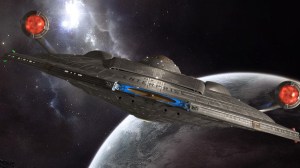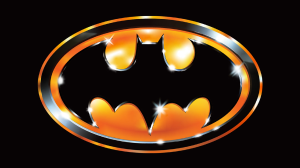One of the most interesting and visually jarring scenes in Star Wars: The Last Jedi is when Rey, after being sucked into the dark cave on Ahch-To, faces an infinite line of her herself leading to a mirror and what she hopes is a revelation of her parents and true self.
Videos by ComicBook.com
But instead of having her parents and her own identity easily revealed to her, Rey sees only her own face reflected back at her. It’s a powerful scene not wholly unlike Luke’s vision in The Empire Strikes Back, and according to write and director Rian Johnson, it’s a scene that he had in mind even before he started work on the story. Johnson told fans during a recent Q and A session it started very early on in the process.
“The origin of that was honestly just very, very, very early before I started even coming up with story,” Johnson said. “It was a visual image I had in my head just when I was thinking about Rey and thinking about what was important to her and her search really for identity and for place. And, you know, as the hero in a hero’s journey, that’s the whole the archetypal hero’s journey, the Joseph Campbell, all of that really what it boils down to is just a roadmap for adolescence basically, for going from childhood into adulthood and the big things we all have to go through to get there. For Rey, that means ‘what is my place in this story?’ and she thinks she’s going to get it from these various sources and they’re all letting her down and she’s still holding out this hope in her heart that her identity from her parents is going to give it to her.”
Johnson, who has previously said that giving Rey a predictable heritage would have been the easy way out for both the character and the audience, went on to explain that the scene ends up showing Rey her worst fear, but it also ties into the final scene of the film, revealing that while Rey is alone, she’s also very much not alone in this world.
“So, it was just an image that came into my head of this infinite line of, you know, possibilities of self in this infinite line of possibilities of identity and the notion then of playing with which one is the quote-unquote real her,” Johnson explained. “Which one is going to be her and where does it end, and it does end someplace. It ends at a place that shows her basically her kind of worst fear which is that there is just her. She’s alone which, again, is true from a certain point of view and very untrue from another point of view. From that last scene on the Falcon with Leia, I think, is kind of the response to the end of that mirror scene.”
Bringing those two scenes together — especially while bridging them with Rey having to decide for herself whether to turn to Kylo Ren for identity or stand on her own — solidly set up future installments of the Star Wars franchise to follow a different path and while there are those who feel like this new path weakens Star Wars, one thing is certain. Rey’s identity and how that journey is woven through The Last Jedi, pushes the sequel trilogy’s narrative forward in an unexpected way that fans remain eager to see how it will ultimately play out.
Star Wars: The Last Jedi is in theaters now. Episode IX will open in theaters December 20, 2019.








